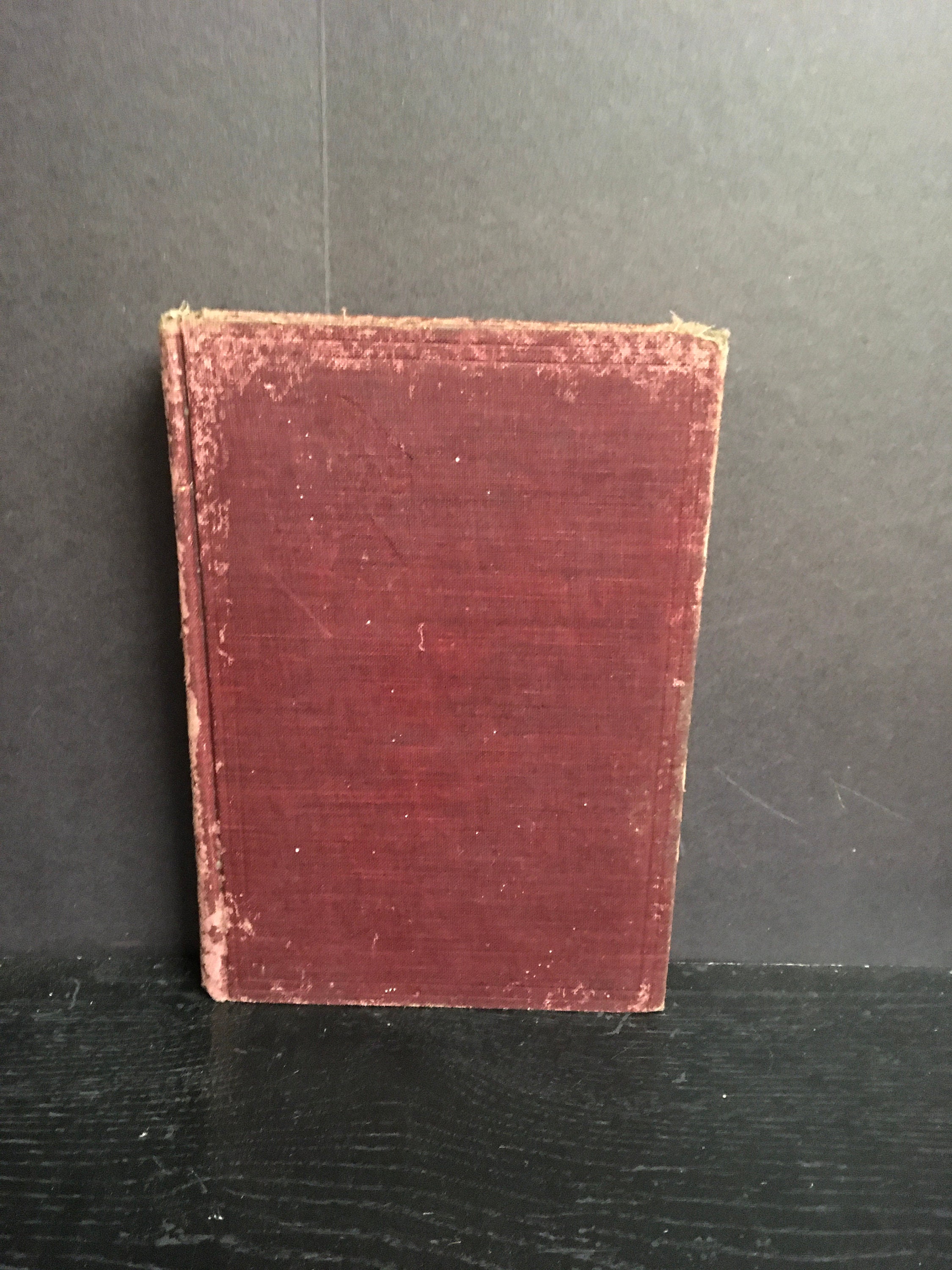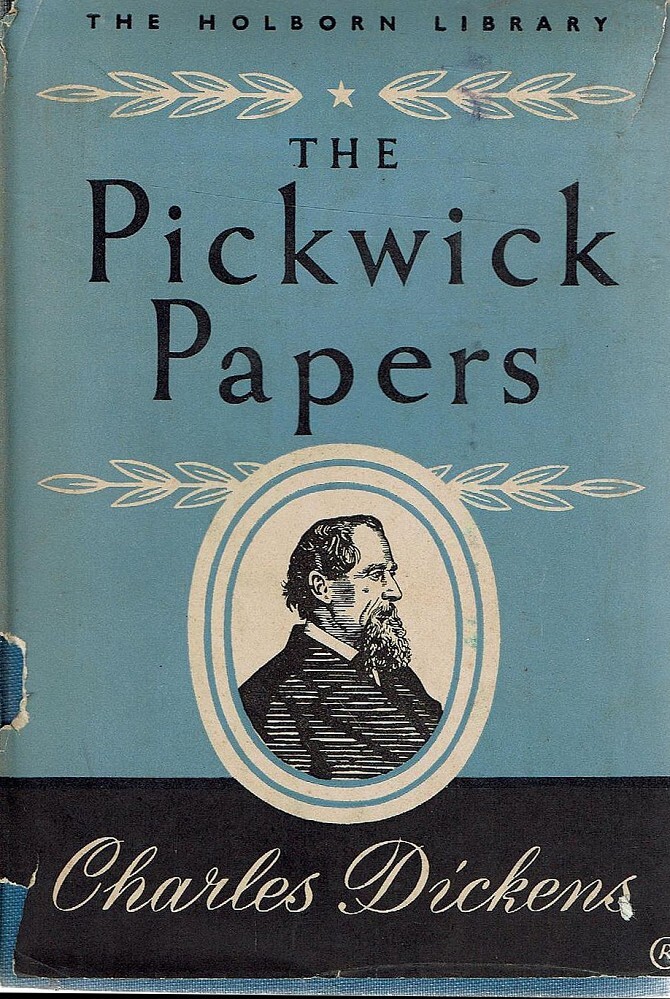
Pickwick - illustration by Hablot Knight Browne (1867)Īnother sub-plot in the novel is the romantic misunderstanding between Pickwick and his landlady Mrs Bardell that results in one of the most famous legal cases in English literature, the breach of promise to marry suit Bardell v.

#Pickwick papers trial#
Pickwick Mrs Bardell faints into the arms of Mr Pickwick - illustration by Frank Reynolds (1910) The Trial of Bardell v. By the end of the novel Pickwick looks upon Sam Weller almost as a son, a feeling which is reciprocated by Sam. Always on hand to save the day is his able manservant Sam Weller the relationship between the idealistic and unworldly Pickwick and the astute cockney Weller has been likened to that between Don Quixote and Sancho Panza. By the end of the novel he has received an education in morality and is filled with goodness and Christian charity towards his fellow man - and woman. Pickwick encounters troubles during his adventures because, as one of nature's innocents, he is unaware of the presence of deception and tricksters such as Jingle in the real world. Pickwick becomes involved in several sub-plots in the novel, including thwarting Jingle's various money-making matrimonial schemes, and assisting his friend Winkle in eloping with Arabella Allen. Pickwick careens from one comic disaster to another in pursuit of adventure or honour attended by the other members of the Pickwick Club. To extend his researches into the quaint and curious phenomena of life, Pickwick creates the Pickwick Club and suggests that he and three other "Pickwickians" (Mr Nathaniel Winkle, Mr Augustus Snodgrass and Mr Tracy Tupman) should make journeys to places remote from London and report on their findings to the other members of the club. The Pickwick Club Robert Seymour illustration depicting Pickwick addressing the Pickwick Club (1836)

The eloquent Pickwick, with one hand gracefully concealed behind his coat tails, and the other waving in air to assist his glowing declamation his elevated position revealing those tights and gaiters, which, had they clothed an ordinary man, might have passed without observation, but which, when Pickwick clothed them-if we may use the expression-inspired involuntary awe and respect. There sat the man who had traced to their source the mighty ponds of Hampstead, and agitated the scientific world with his Theory of Tittlebats. In Chapter One of The Pickwick Papers Dickens describes Pickwick:Ī casual observer might possibly have remarked nothing extraordinary in the bald head, and circular spectacles, which were intently turned towards his (the secretary’s) face, during the reading of the above resolutions: to those who knew that the gigantic brain of Pickwick was working beneath that forehead, and that the beaming eyes of Pickwick were twinkling behind those glasses, the sight was indeed an interesting one. The subsequent suicide of Seymour early in the publication afforded Dickens the opportunity to change both the course of the novel and the character of Pickwick.
#Pickwick papers series#
Dicken's develops Pickwick's character as the novel evolved from the original concept of the Pickwick Club, a series of comic " cockney sporting plates" by illustrator Robert Seymour. Having an almost childlike simplicity, Pickwick is loyal and protective toward his friends but is often hoodwinked by conmen and poseurs he can be quick to anger when confronted by the actions of tricksters and such as Alfred Jingle he is always gallant towards women, young and old, but can also be indecisive in his dealings with them. Although he is the main character in The Pickwick Papers, Samuel Pickwick is mostly a passive and innocent figure in the story around whom the other more active characters operate. Mr Pickwick is believed to have been named after the British businessman Eleazer Pickwick (c.1749–1837).

One of the author's most famous and loved creations, Pickwick is a retired successful businessman and is the founder and chairman of the Pickwick Club, a club formed to explore places remote from London and investigate the quaint and curious phenomena of life found there.Ĭharacter Mr Pickwick as illustrated by Harold Copping in 1924 Samuel Pickwick is a fictional character and the main protagonist in The Pickwick Papers (1836), the first novel by author Charles Dickens.


 0 kommentar(er)
0 kommentar(er)
